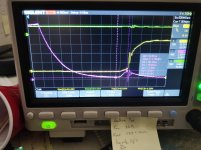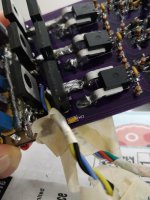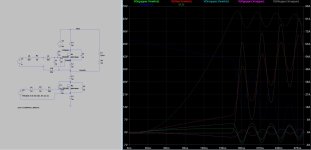shaman
1 kW
That's a sh*t ton of aluminum! What are the dimensions on that whole thing?
Jrbe said:I've been lurking for a few months trying to figure out which way is up. Every time I think I've found the latest I find a new version. It's great but difficult to figure out which way to go.
I'd like to build this power stage and have a few ideas to help the overall design be a bit more modular / stackable. Are the files Lebowski posted in the first post current?
The updated schematic and gerbers will be published as soon as new pcb has been produced, assembled, and tested. Current worldwide situation has thrown a spanner in the timeline but expect a couple of months.Jrbe said:Part 2 is I'd like to buy / build the Bobc smd controller.
I'm not sure if whereswally is still working on this or not. I have not seen gerbers or where to buy these besides maybe pm'ing whereswally.
alternatively, depending on teh power levels / voltages you're after, and the project type and size, you can use the powerstages of existing ev inverters. this is what i am about to try to do, based on others' work mentioned on this page and the previous one:Jrbe said:I'd like to build this power stage and have a few ideas to help the overall design be a bit more modular / stackable. Are the files Lebowski posted in the first post current?
kiwifiat has these, and the controller chips (or if not, you contact lebowski to program one and send it to kiwifiat to install in the board; alternatley the code is actually posted up in one of lebowski's threads if you've got a programmer for the chips and the ability to solder the chip in yourself).Part 2 is I'd like to buy / build the Bobc smd controller.
never heard of that, but am assuming it is not a skateboard, but rather a place to list up stuff?I'm considering adding all of this info to a Trello board once I collect it all so the next guy can find it all.
Jrbe said:I was aware of hacking oems power stages but didn't see any how to's, just mentions of a handful here doing them.
hmm. hadn't thought about that part.Lebowski said:The one thing to watch out for is the PWM frequency these ready made high power stages can take. A lower PWM frequency might become audible, and will limit the max motor erpm. I wpuld say max erpm/60 should be less than 10% of PWM frequency. So a big igbt powerstage that can handle max PWM of 5 kHz, I would not go more than 30k-erpm...
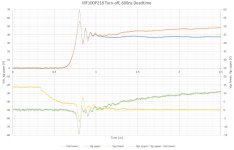
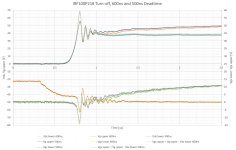

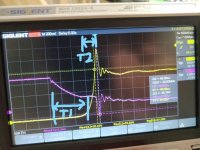
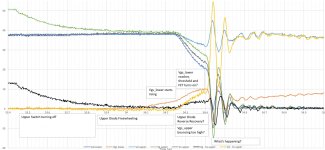
Lebowski said:Watch out, the power rating values are only correct for the 100 Ohm example... with 50mA and the voltage you want to drop you can calculate the required rating. 40V and 50mA means you dissipate 2W, the resistor you use should be able to take this . When using 100 Ohm 0.5 W resistors for instance, you need 8 in series for 40V, the 2W dissipation will divide itself equally ove the 8 resistors (so each one will dissipate .25W, well within the 0.5W rating)
